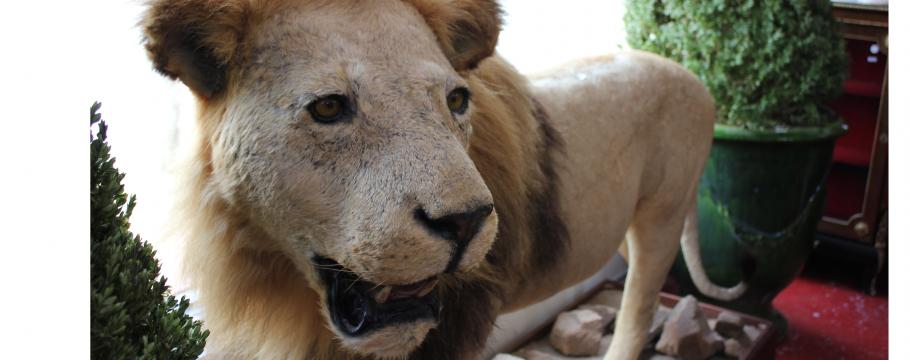
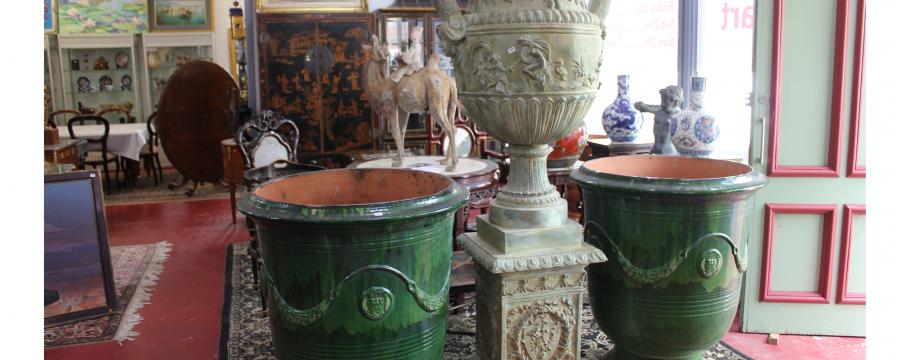
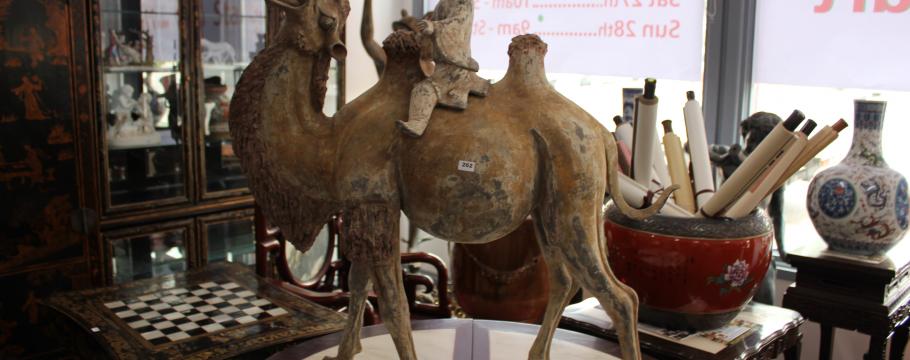
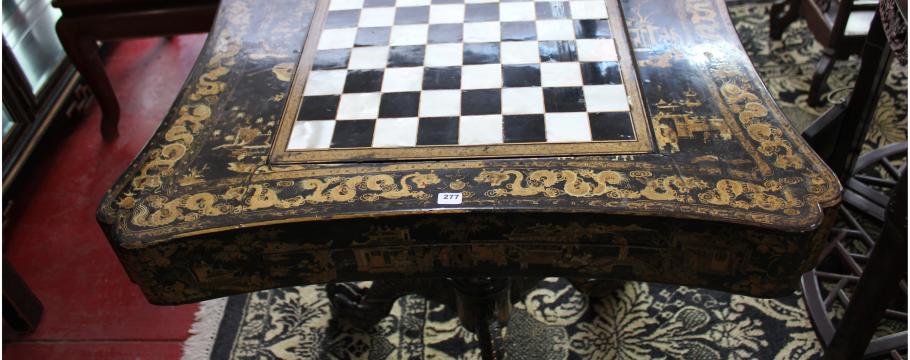
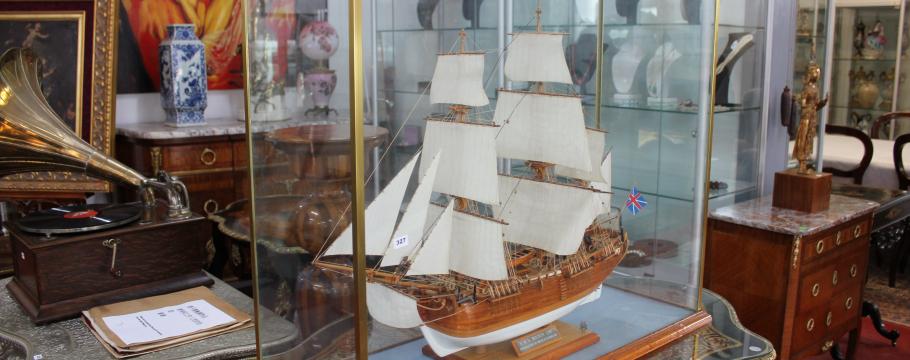
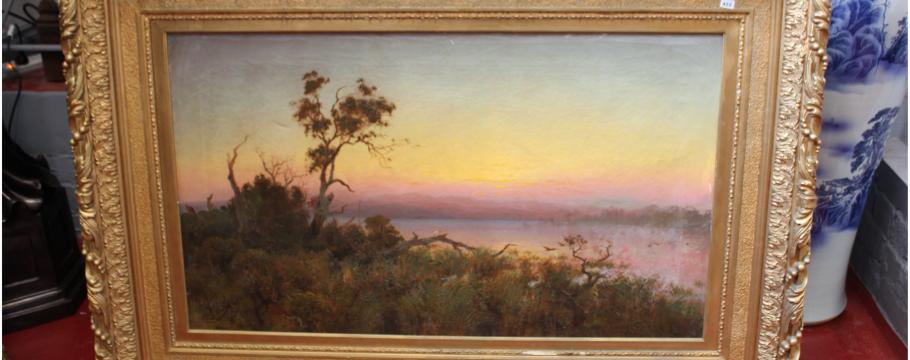
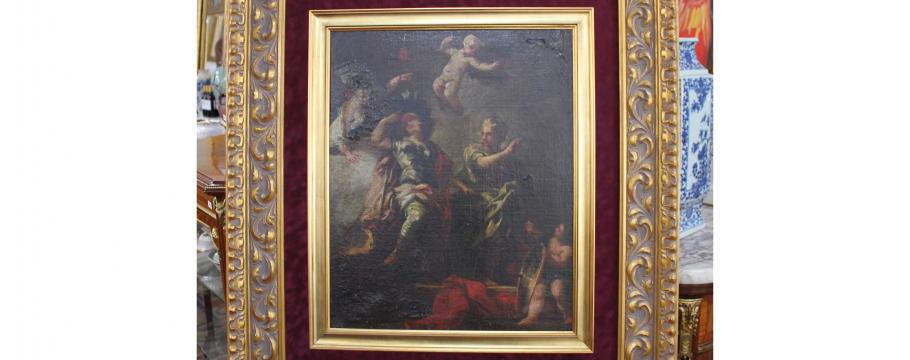
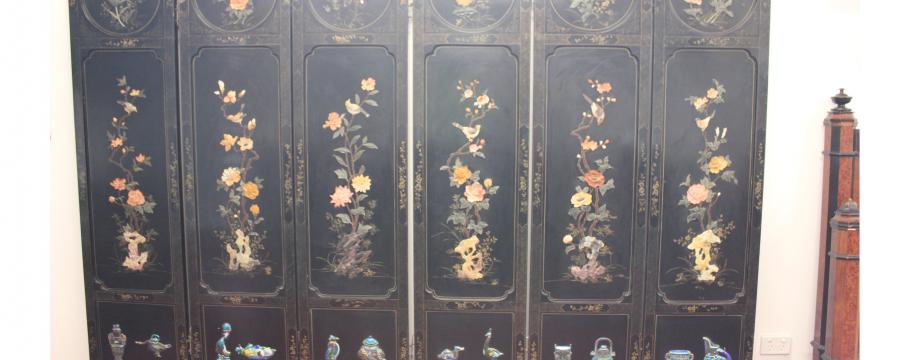
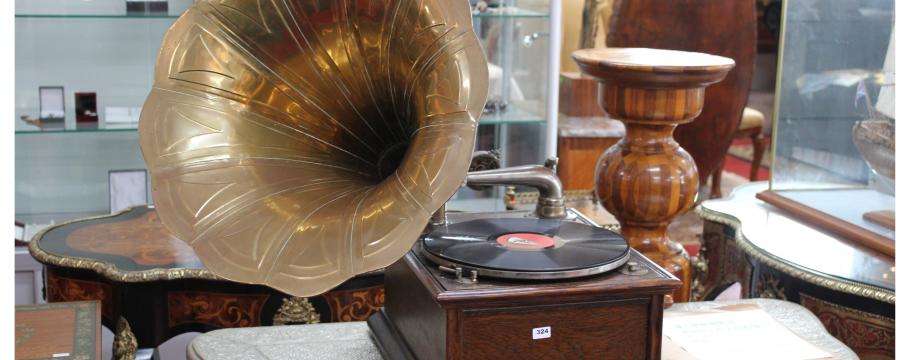
Stuffed lion makes impressive greeting at Melbourne auction
Author: Richard Brewster | Posted: 24th October, 2018
A full size male African lion – apparently stuffed during the 1950s and that may well have come from the Melbourne Zoo – greets visitors to Kim’s Auctions auction rooms for the forthcoming sale at 327-329 Warrigal Road, Burwood.
The auction, from 11am Sunday October 28, contains several massive items including two large 19th century French glazed green garden pots and an impressive two-metre high bronze urn.
Impressive is a Tang Dynasty (980-1240 BP) terracotta camel and official, while an 18th century hand painted black lacquered fully carved mother of pearl chess table has to be seen to be believed.
On close examination, the sailing ship in a glass case turns out to be the HMS Bounty 1797 – the model constructed in 1991 and displayed in the foyer of a Melbourne import company.
The Bounty was captained by William Bligh, whose crew famously mutinied in 1789 and set him and several of his loyal men adrift in a boat.
Under Bligh’s navigational guidance, the boat reached Timor some 3618 nautical miles away and he set about bringing the mutineers to justice.
Meanwhile, the rebelling crew had settled in Tahiti and on Pitcairn Island where their descendants still live today.
Honourably acquitted at the court martial inquiry into the Bounty’s loss, Bligh was later appointed the fourth Governor of New South Wales – a position he occupied from August 1806 to January 26, 1808 until conflict with entrenched settlers resulted in 400 soldiers of the New South Wales Corp marching on Government House in Sydney to arrest him in an action known as the Rum Rebellion.
In 1814, Bligh was appointed vice-admiral, died three years later and is buried in the family plot at St Mary’s, Lambeth. A plaque marks Bligh’s house, one block east of the Garden Museum at 100 Lambeth Road, London, near the Imperial War Museum.
Other auction features include Charles Rolando’s (1844-1893) Landscape and an 18th century European oil painting.
Son of an artist, Rolando was born in Florence, Italy and in 1870 went to Liverpool, England where his commissions included frescoes for the Roman Catholic church.
At age 30, he married Frances, sister of portraitist George Alfred Webb, and in 1883 they left for Australia via Cape Town, South Africa.
There he won first prize in an art competition for his landscape of Table Mountain and they stayed for two years, eventually arriving in Melbourne mid-1885.
Rolando opened a studio in Grey Street, East Melbourne and was soon painting mainly landscapes of the Watts River and Gippsland Lakes country.
In 1887, he exhibited in Melbourne and major country towns a collection of 28 oil paintings and 10 water colours as well as sketches.
Suffering from chronic bronchitis, Rolando’s health was poor and on July 8, 1893 he died of pneumonia, aged 49.
Other auction highlights include an early 20th century Chinese six-panel hand carved soap stone black lacquer screen, an 1840s early Empire period salon clock, a late 19th century gramophone and a 5.3-carat fancy yellow radiant cut diamond ring.





